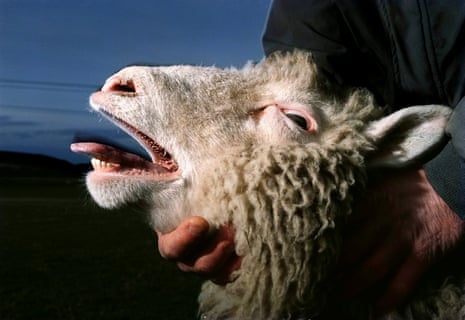It took national newspapers a long time to assign special correspondents to cover scientific and technological issues. The Observer was the first in Fleet Street to put that right when the distinguished journalist John Davy was appointed science correspondent by David Astor, in the 1950s – at a time when computing, space travel, atomic power and other innovations were beginning to make an impact on everyday life.
Davy, and his successors, vividly depicted how these technologies were transforming society, although the advances were not dramatic at that time. In 1982, when I joined the paper, the Observer newsroom still lacked fax machines or computers. Since the 80s, however, science and technology have had an accelerating impact on life on Earth – though it has been hard at times to forecast with precision what breakthroughs would prove the most important.
My revelation, in 1997, that UK scientists had cloned an adult mammal – Dolly the Sheep – led to widespread predictions, which I shared, that the technology would transform medical science, in particular by making it possible to use cloned stem cells to treat disease. Twenty years later that promise remains disappointingly distant, though hopes remain.
By contrast, the impact of the spread of industry, air transport and automobiles seemed fairly harmless in the early 80s. Today, we know very differently. Indeed, the biggest science story to have emerged in the past three decades has been the growing threat posed by increasing emissions of greenhouse gases from our factories and cars. Once again, the Observer covered that in depth, appointing the first environment correspondent in Fleet Street, Geoffrey Lean.
Our planet faces devastation from soaring temperatures, melting ice sheets, rising sea levels and increased ocean acidification. How this distortion of our climate system develops will determine the future of species. Science has never been more pertinent.

Comments (…)
Sign in or create your Guardian account to join the discussion